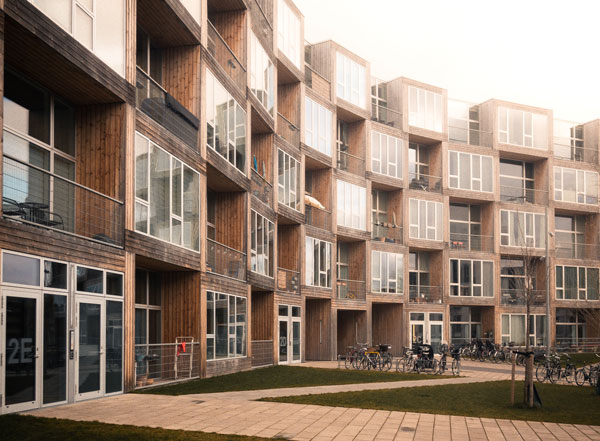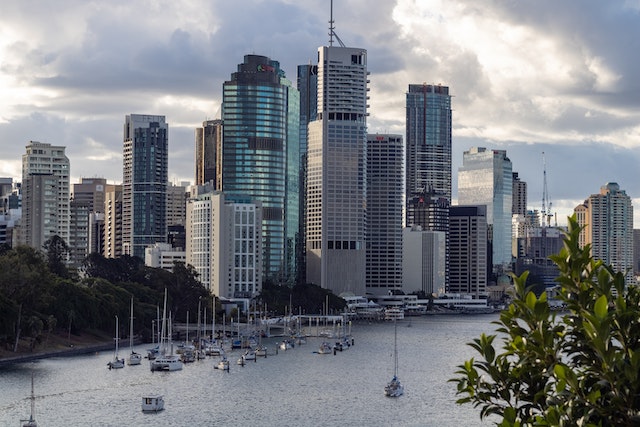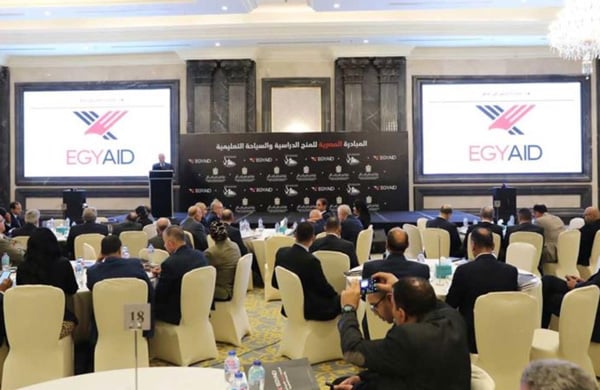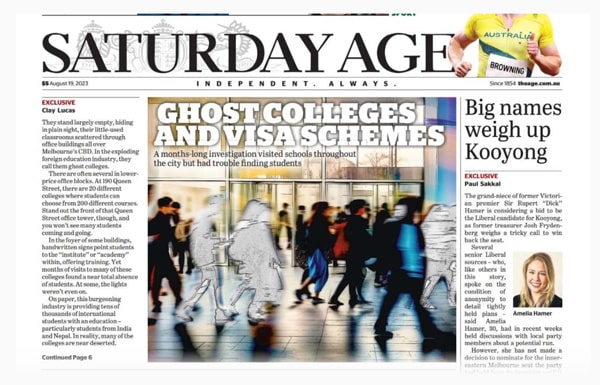Pakistan to expand university access across country
Pakistan’s Higher Education Committee (HEC) has announced plans to open five new universities and 36 sub-campuses over the next three years. A further nine existing campuses will also be upgraded to become fully accredited universities through this ambitious expansion programme. With approximately one third of Pakistanis yet to reach the age of 30, increased investment in higher education marks a significant step toward a more developed economy and a competitively skilled workforce. Reflecting Prime Minister Nawaz Sharif’s ambitions for Pakistan to compete in the global marketplace, the new universities will focus predominantly on science and technology. In a speech to the UN Special Envoy for Global Education, Mr Sharif said:
"Our objective is to develop an educational system that is compatible with the requirements of a knowledge-based economy. Science and technology are engines of growth in modern economies and they must be an integral part of our education system."
The Prime Minister - who also established Pakistan’s National Science Day – added that the country’s economic future relies upon an educated and motivated young workforce to generate productivity and spearhead innovation. Pakistan has over the past five years already created 35 new universities, with some experts predicting that it could soon compete with China and India in advanced research. In addition, four of the country’s universities were ranked in the QS University Rankings: Asia 2015, including the publicly funded Pakistan Institute of Engineering and Applied Sciences (PIEAS). However, most of Pakistan’s existing universities are concentrated in urban areas - such as Lahore and Karachi – discouraging the participation of the 64% of Pakistanis who live rurally. Already an economically stratified country, Pakistan suffers extreme rural poverty with some areas positioned amongst the poorest in the world according to the World Bank. In extending university access to Pakistan’s rural districts, it is hoped that more broadly based growth will be encouraged through education, culture, and innovation. As part of HEC plans:
- The Federally Administered Tribal Areas are set to gain six universities and sub-campuses where currently there are none;
- There are eight new sub-campuses planned for Balochistan, Pakistan’s poorest province;
- In Khyber Pakhtunkhwa, former home to student education activist Malala Yousafzai, there is to be 100% university coverage within the next three years (as opposed to reaching only 72% of the region today).
Access to education today
Currently there are 171 HEC recognised universities in the country and, according to UNESCO figures, only around 6% of Pakistan’s population hold a degree (2009 figures). The gross enrolment ratio in tertiary education for 2013 was 9.8%, and this compares to 24.7% for India and 29.7% for China in that same year. Even so, the demand for university places greatly outstrips supply and, in Pakistan’s competitive job market, education has become a highly prized commodity. Resourceful young Pakistanis are increasingly taking advantage of digital learning technologies, including MOOCs, to educate themselves. In fact, the country now has one of the highest e-learning growth rates on the planet, along with neighbouring India. In a 2013 paper titled Pakistan: The Next Generation, the British Council reports, "Although Pakistan’s education system has many failings, young people today are better educated than their parents. In half of all Pakistani households, the most educated person is now below the age of 30." The paper adds that Pakistan must now ensure that it collects its "demographic dividend", which is to say the country needs to capitalise on a comparatively large workforce relative to the number of dependents. It points out that, "Demography is not destiny. The demographic dividend doesn’t come for free, it needs to be earned." Usefully deployed, the youthful population could re-charge the country’s economy, with murmurings that Pakistan might even emerge as the new China.
Women in education
Pakistan’s women stand particularly to gain from the establishment of additional local universities as they are less likely to travel into the cities than men. According to UNESCO’s 2013/14 Education in Pakistan report, females comprised just 42% of all undergraduate enrolments in 2013/14. The promotion of women’s educational achievement and elimination of gender disparity have been identified as national priority areas. Pakistani women are, on average, poorer in both academic and financial capital than men. And in 2012, the attempt on the life of 15-year-old Malala Yousafzai brought to world prominence the severe barriers to education facing Pakistan’s girls. The government of Pakistan is now committed to achieving universal primary education by the end of this year, but progress is slow and the country is expected to fall short of all its Millennial Development Goals relating to education.
Preparing the pathways
Critics of the HEC’s plans caution that a rapid expansion of the university system must be met with corresponding efforts to drive up participation and standards at both primary and secondary levels if it is to succeed.
Currently a quarter of children enrolled in Pakistan’s schools fail to complete their primary education, with literacy at a markedly lower level amongst children living in the rural districts.
With violent land disputes and political conflict a fact of rural life, concerns have also been raised about attracting and retaining staff in universities outside of major cities. A recent editorial in Dawn adds, "Perhaps bringing higher education closer to the people can increase enrolment rates, but if the crop of incoming students has received poor quality education and university teachers are under qualified, the system can end up doing more harm than good." In recent years Pakistan’s Quality Enhancement Agency has been commended for raising standards in higher education. The establishment of Quality Enhancement Cells, or QECs, has been integral to the improvements, engendering a culture of reflective development throughout the sector. The QECs are special committees of senior administrators and academics. They function to support universities in implementing quality assurance mechanisms: monitoring progress, identifying teacher training opportunities, and setting up educational partnerships. Many of Pakistan’s universities are also working collaboratively with international institutions in sharing ideas, information, and best practices.
Brighter outlook for Pakistan
Together with increased investment in education and infrastructure, it is hoped that a prolonged period of political stability will now bolster economic outcomes over the longer term. Bloomberg News, for example, reports that Pakistan’s Karachi Stock Index (the KSE-100) is ranked amongst the top 10 international markets based on performance over the past year. This is partially attributable to increased trade with China and a 27% rise in infrastructure spending.
"Pakistan is a reform story like neighbouring India’s, but better," says Charles Robertson, Chief Economist at London’s Renaissance Capital. "What’s changed is the delivery of reforms, privatisation, an improved fiscal picture, and good relations with the IMF."
Investors now watch with interest to see if the country will establish a position as a key emerging market. At a recent lecture to Aga Khan University, investment strategist David Darst said, "I believe Pakistan is in the centre of Asian countries like Iran, Bangladesh, Vietnam, and Indonesia that will significantly contribute in the world economy in coming decades." As is the case in countries around the world, expanded access to education will be a key factor in unlocking Pakistan’s considerable potential, and, particularly in that context, the HEC’s plans to expand the higher education across the country are noteworthy indeed.













